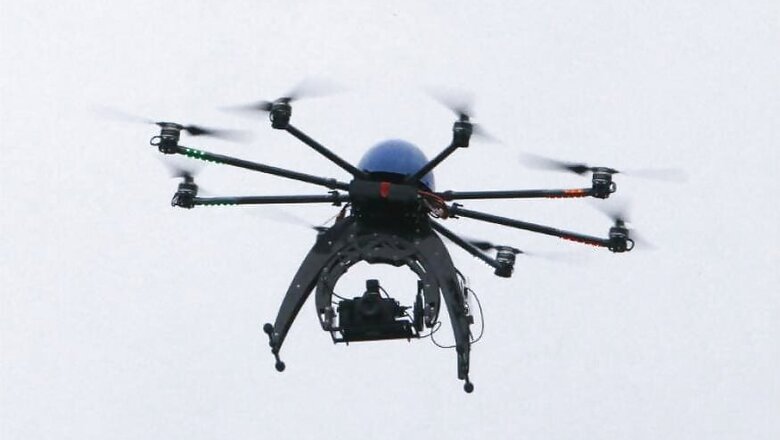
views
Kolkata: The Kolkata Municipal Corporation (KMC) is contemplating the use of drones to monitor accumulated clean water on the terraces of high-rises in the city and adjacent areas to curtail the spread of dengue.
The health officials, in their recent meeting, told Mayoral Council member in charge of health Atin Ghosh that it was becoming difficult for them to keep a vigil on residential as well as commercial high-rises.
Ghosh, after scrutinising the difficulties faced by health officials, suggested they use drones to keep an eye on terraces. The officials had earlier said that it was not possible to use lifts and stairs to check on terraces.
The use of drones, according to officials, will help locate uncovered overhead, considered breeding grounds for dengue.
The first-ever such initiative will be enforced after getting an approval from chief minister Mamata Banerjee and the police and defence will be kept in the loop to avoid any confusion.
The move is expected to help map dengue-prone areas in Kolkata and its suburbs and will be followed by steps to control the vector-borne disease that has claimed 30 lives in the past 8 months.
Sovan Chatterjee, the KMC mayor, said that there was a technical method to map, and his team was taking all measures to prevent the dengue virus from spreading.
Recently, Mamata had held the Centre government responsible for the rising number of dengue cases in the state.
At a meeting in the state secretariat, she took stock of the preparedness to combat dengue and other diseases and came to the conclusion that dengue cases were high in areas that are close to Metro Railway construction sites in the city and its suburbs.
She had said that the dengue is spreading because of the accumulation of garbage in the Metro Railways construction areas. “These incidents took place in areas where construction of the metro railway is going on, and where a lot of garbage had accumulated. The areas are under the control of the central government and they are not allowing the local bodies to clean them,” she said.
In the last one year, nearly 13,500 people have been affected by the vector-borne disease.















Comments
0 comment